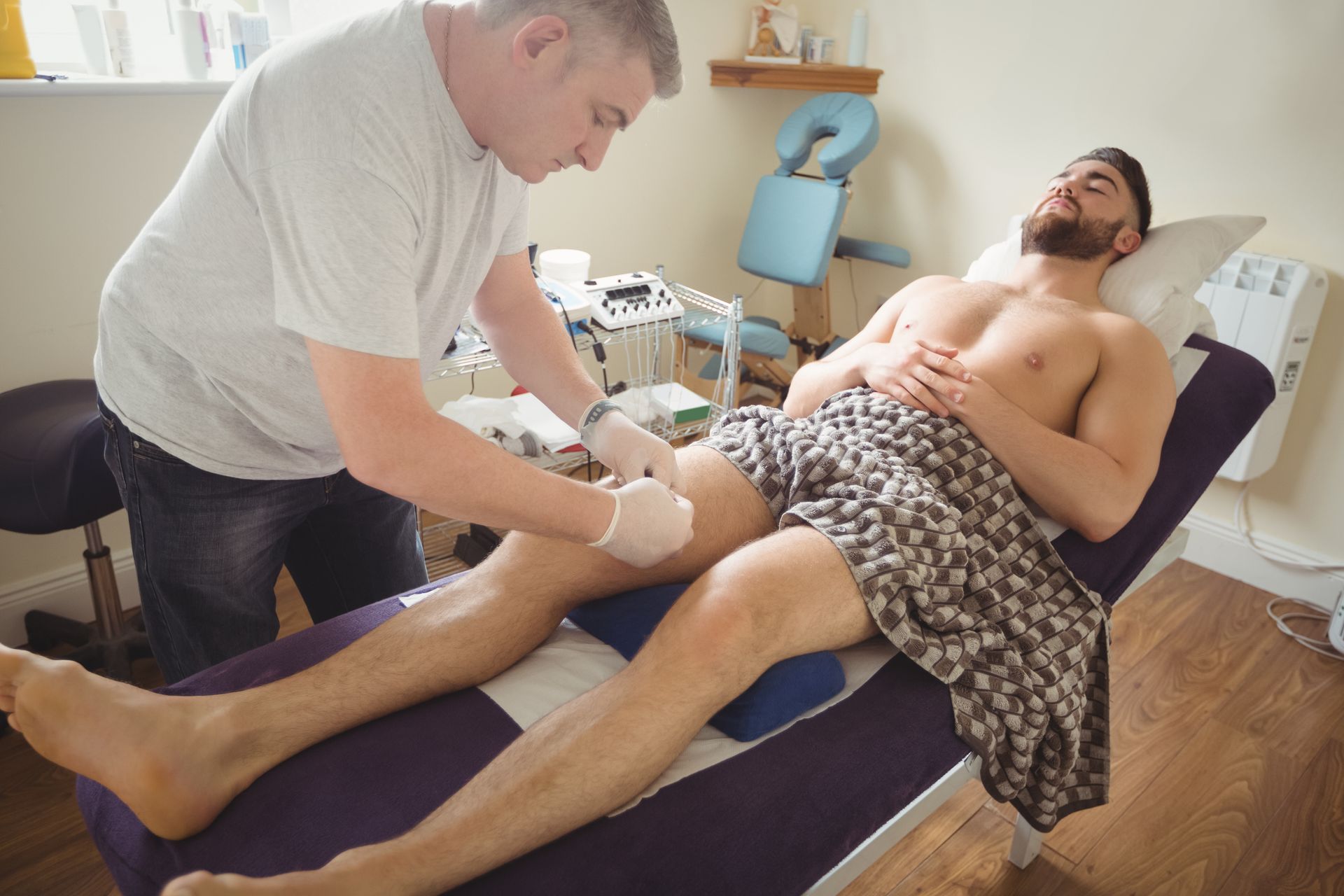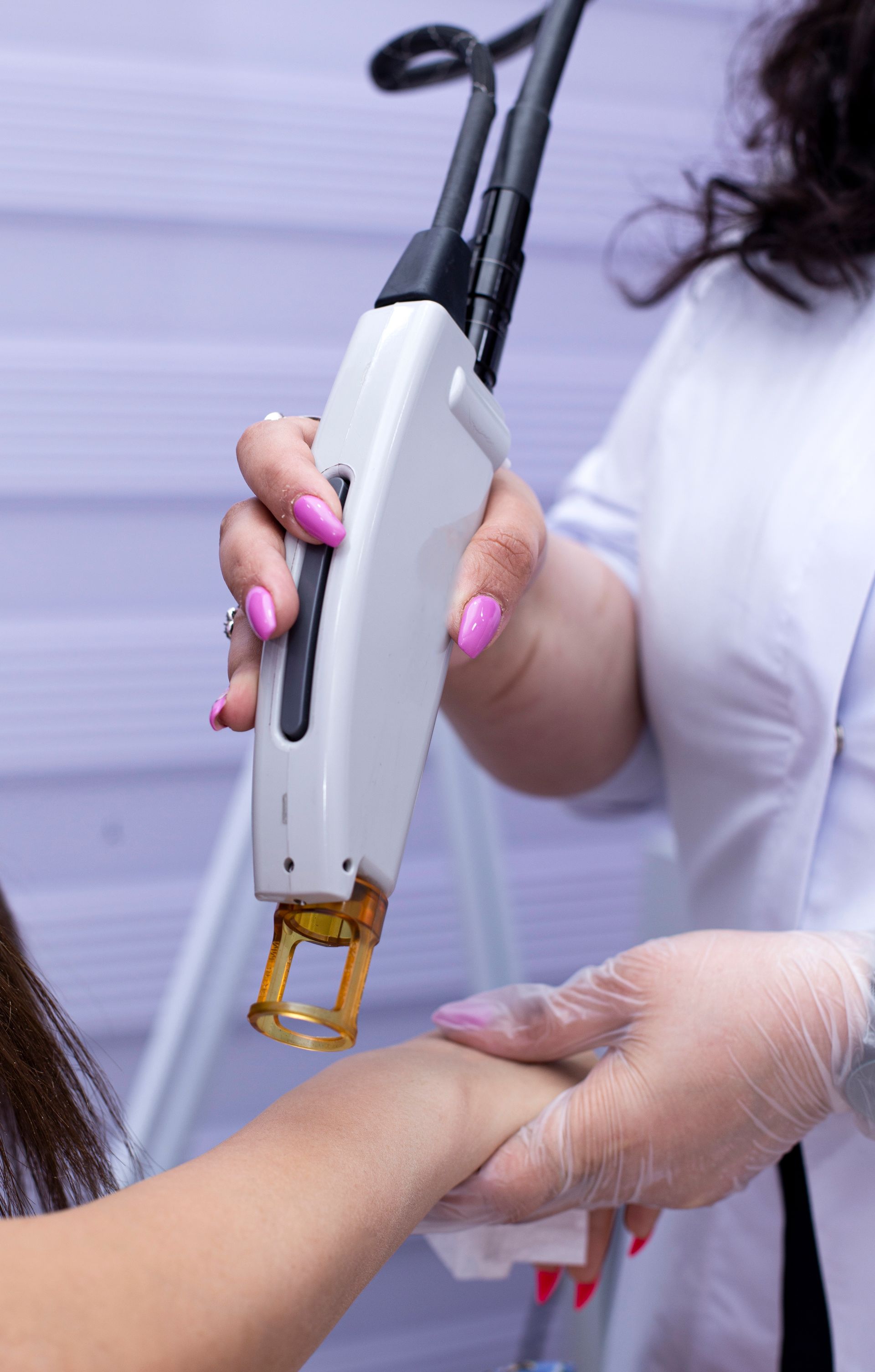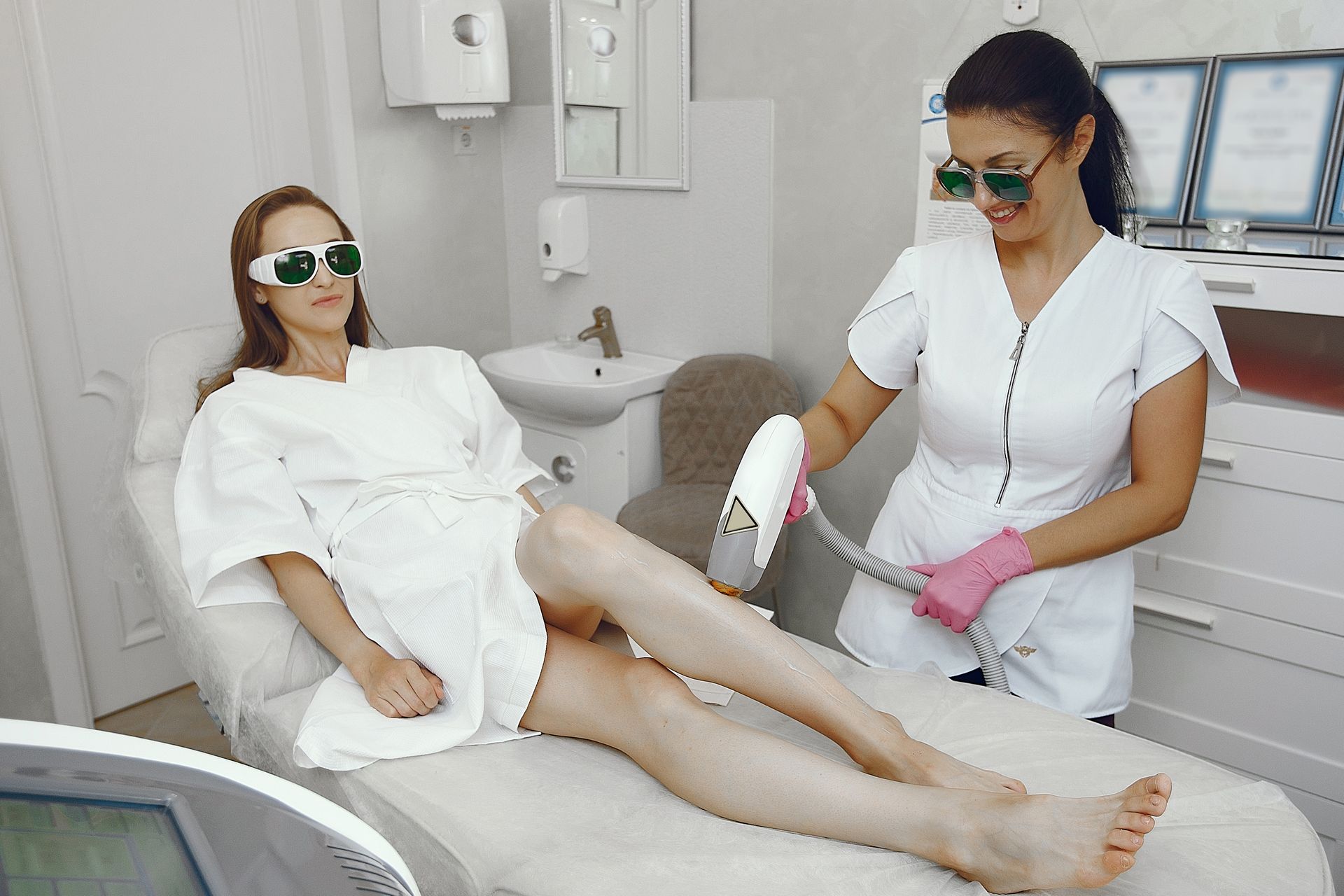Can a Man Get Laser Hair Removal on His Face?
Laser hair removal has long been marketed toward women, but in recent years, more and more men have started embracing it—and for good reason. Whether it’s to maintain a clean-shaven look, reduce ingrown hairs, or manage dense facial hair, men are now turning to laser treatments for long-term grooming solutions.
One of the most common questions that comes up is: Can men get laser hair removal on the face? The short answer is yes. The longer answer includes how it works, what to expect, and whether it’s the right fit for every man.
Does laser hair removal work on men's face?
Why Men Choose Laser Hair Removal for the Face
There are many reasons why a man might consider laser hair removal for facial hair. For some, it’s a matter of convenience—less shaving means less hassle. For others, it's about skin concerns, like irritation, razor bumps, or frequent ingrown hairs. And some men simply prefer a cleaner look or want to better define their beard or hairline.
Laser hair removal offers a solution that is more permanent than shaving, waxing, or trimming. Over time, it leads to finer, lighter hair regrowth—or in some cases, no regrowth at all.
How Facial Laser Hair Removal Works
Laser hair removal targets the pigment in hair follicles using a concentrated beam of light. When the pigment absorbs the light, it damages the follicle enough to slow or stop hair growth.
Men typically seek treatment on areas like the upper cheeks, jawline, neck, sideburns, between the eyebrows, and even the forehead. The key is that laser hair removal works best on darker hair against lighter skin, although newer laser technologies have made it safer for more skin tones.
It’s important to undergo a consultation first, where a professional evaluates your hair type, skin tone, and the best approach for your specific goals.
What to Expect During a Session
A typical facial laser hair removal session for men takes about 15 to 30 minutes, depending on how much of the face is being treated. Before the session, the technician may shave the area to be treated to ensure the laser can work effectively.
You’ll be given protective eyewear, and a cooling gel may be applied to the skin to help with comfort. When the laser is activated, you might feel a warm snapping sensation—similar to a rubber band flicking the skin.
It’s not entirely painless, but it’s generally tolerable. Some men find the neck and upper lip slightly more sensitive than other areas.
How Many Sessions Are Needed?
Facial hair, especially in men, tends to be dense and coarse. This means multiple sessions are needed to achieve long-lasting results. On average, men need between six to eight sessions spaced about four to six weeks apart.
Hair grows in cycles, and the laser only affects hair in the active growth phase. That’s why consistent treatment over several months is essential.
Some men may require occasional maintenance sessions, especially if they have hormonal fluctuations or naturally thick hair.
Does It Hurt More for Men?
Pain tolerance varies from person to person, but some men do report slightly more discomfort than women during laser hair removal—particularly on areas with thicker, coarser hair or where the skin is tighter.
The good news is that the sensation usually lessens with each session as the hair becomes finer and less dense. Numbing creams can also be used if needed, though most men find the procedure manageable without them.
Risks and Side Effects to Consider
Like any cosmetic treatment, laser hair removal comes with some risks. Common side effects include temporary redness, swelling, and slight irritation in the treated area. These usually resolve within a few hours to a couple of days.
Less common side effects include hyperpigmentation or hypopigmentation, especially for men with darker skin tones if improper laser settings are used. That’s why it’s crucial to go to a trained, certified professional.
Avoid sun exposure before and after treatment to minimize the risk of complications. Also, never try at-home devices on your face without professional guidance.
How to Prepare for Your Session
In the days leading up to your appointment, avoid tanning, chemical peels, and harsh skincare treatments. The skin should be clean and free of makeup, creams, or products on the day of the session.
Shave the treatment area 24 hours before your appointment, but avoid waxing or plucking the hair, as the laser needs the follicle in place to work.
After the session, use soothing, fragrance-free products and apply sunscreen daily to protect the treated skin.
Challenges and Common Mistakes
- Overexposure to the sun after sessions
- Skipping sessions or inconsistent scheduling
- Using harsh skincare products immediately after treatment
- Choosing an unqualified technician
These mistakes can compromise results or cause unwanted side effects, so following aftercare instructions is key.
Is It Worth It?
For many men, the investment in laser hair removal is worth the time and cost. The results are not instant, but they are long-lasting. It saves countless hours spent shaving and reduces the frustration of razor bumps, cuts, and skin irritation.
Whether you're after a permanently groomed beard line, a smooth neck, or a clean upper cheek area, laser hair removal can deliver those results with less maintenance over time.
Final Thoughts
Yes, men can absolutely get laser hair removal on their face—and many already do. It’s a safe and effective option for long-term hair reduction, offering not only smoother skin but also a more polished, professional appearance.
As with any aesthetic treatment, success depends on proper preparation, a skilled technician, and consistent aftercare. If you're tired of the constant upkeep of shaving and want to streamline your grooming routine, facial laser hair removal could be your new go-to solution.
BOOK YOUR FREE SESSION










